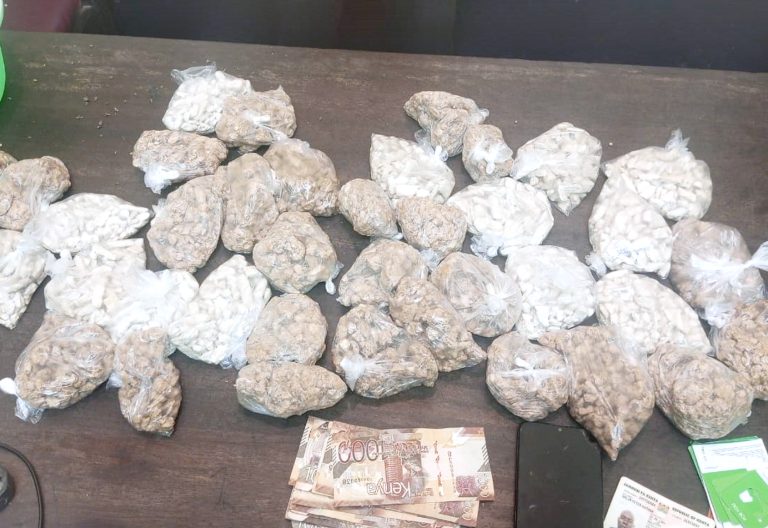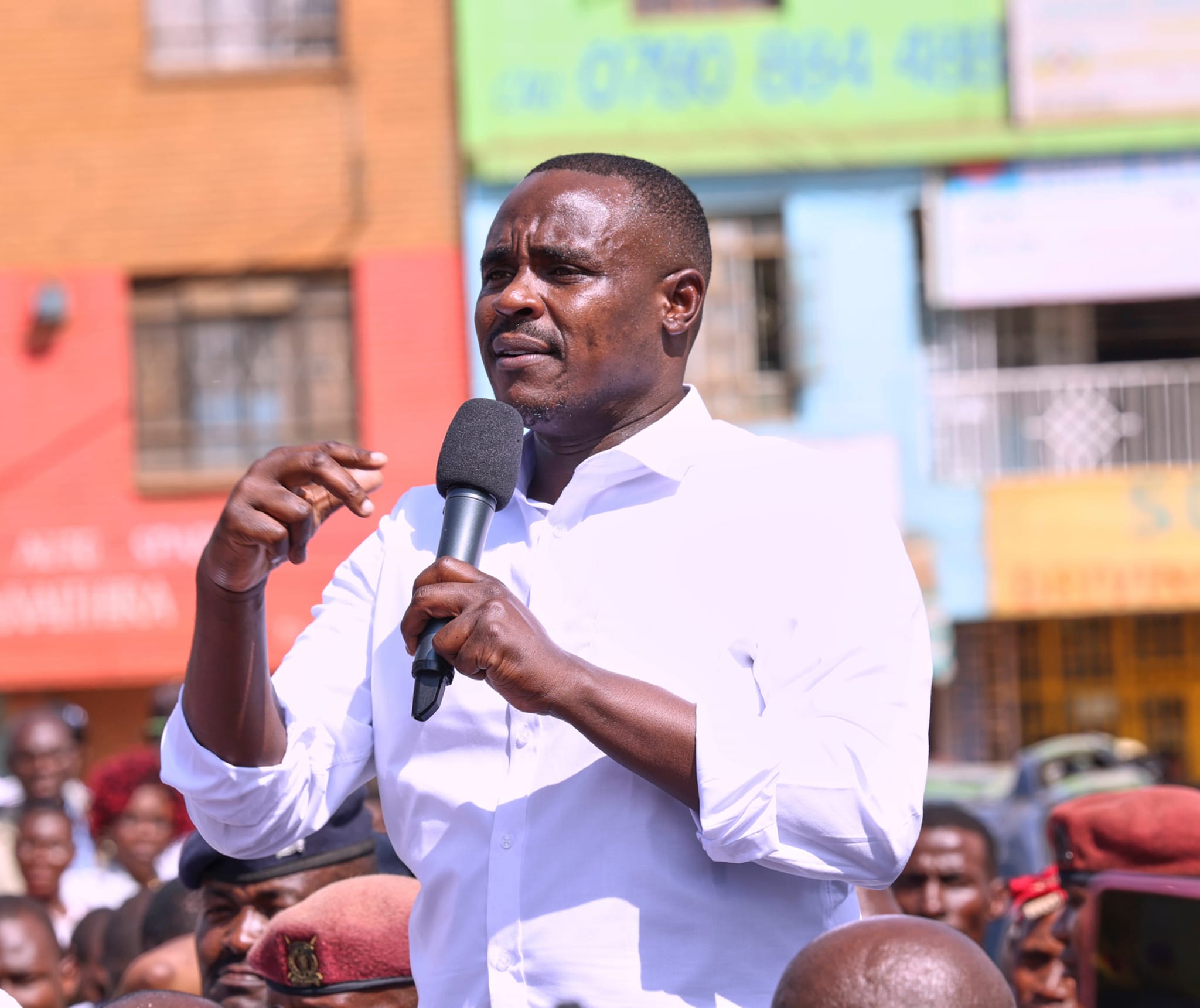Real-time drug use monitoring can curb epidemic

A 2022 NACADA survey revealed chilling facts: one in every 18 Kenyans (14.4 per cent) uses at least one drug/substance.
Alcohol remains our Achilles heel, where 3.2 million Kenyans are problem drinkers. Cannabis use has doubled since 2017, while new synthetic drugs are outpacing our detection capabilities
Imagine a Kenya where we are no longer scrambling to contain drug crises after they explode, but stopping them before they take root.
A fully established National Drug Observatory (NDO), created by NACADA in 2013, will transform our fight against substance abuse from reactive guesswork into precise action.
Picture an early warning system that detects dangerous new drug trends within weeks rather than years, providing the critical head-start needed to protect our youth.
Envision hotspot mapping that doesn’t just tell us generally which regions are struggling, but pinpoints exactly which sub-counties, schools, or estates need urgent interventions like a heat map for saving lives.
With an NDO, we’d know in real time whether it’s reducing relapse rates or just recycling patients through a broken system.
And finally, sharing intelligence with INTERPOL and UNODC would help dismantle trafficking networks before their poison reaches our streets.
This is the difference between fighting an epidemic blindfolded and having a live satellite feed of the battlefield. Now, Kenya must decide: Will we keep playing catch-up, or finally get ahead?
Portugal didn’t magic away its drug crisis – the country built Europe’s best drug monitoring system first. When heroin flooded Lisbon, they knew exactly which neighbourhoods needed needle exchanges and which needed job programmes.
When sceptics dismiss an NDO as just “another government system”, I hear the unspoken question: Can we afford this?
But the real question is: Can we afford not to?
Let’s talk numbers, the kind that keep people awake at night. Drug abuse isn’t just stealing our children’s futures; it’s draining Ksh60 billion annually in lost productivity, enough to build three Thwake Dams every year.
Alcohol alone sucks Ksh30 billion from our healthcare system, forcing hospitals to choose between treating overdoses and stocking paediatric wards.
Now consider this: the entire proposed NDO budget would cost less than 0.1 per cent of these losses, the financial equivalent of installing a high-tech alarm system in a vault that’s being looted daily.
This isn’t about spending money, it’s about stopping the haemorrhage.
The blueprint for Kenya’s drug observatory isn’t speculative; it’s actionable, and it starts with three non-negotiable pillars.
First, tech-enabled surveillance must become our new frontline: AI parsing social media for emerging drug slang like “blue magic” or “shombo”, wastewater testing in Nairobi’s slums detecting chemical traces before overdoses spike.
Second, we must shatter data silos. Why should police drug seizure reports gather dust while hospitals tally overdoses in parallel universes?
Schools track usage patterns that never reach policymakers. We need one integrated nervous system where data flows like blood, feeding a living diagnostic of our national drug health.
Finally, citizen empowerment: a simple app allowing citizens to anonymously report a new synthetic drug targeting schools.
This isn’t futurism. Portugal proved it works. The only variable is our willingness to act.
The opioid crisis taught the world a brutal lesson: Data delayed is lives lost.
The writer is the CEO of the anti-drug-abuse agency NACADA















